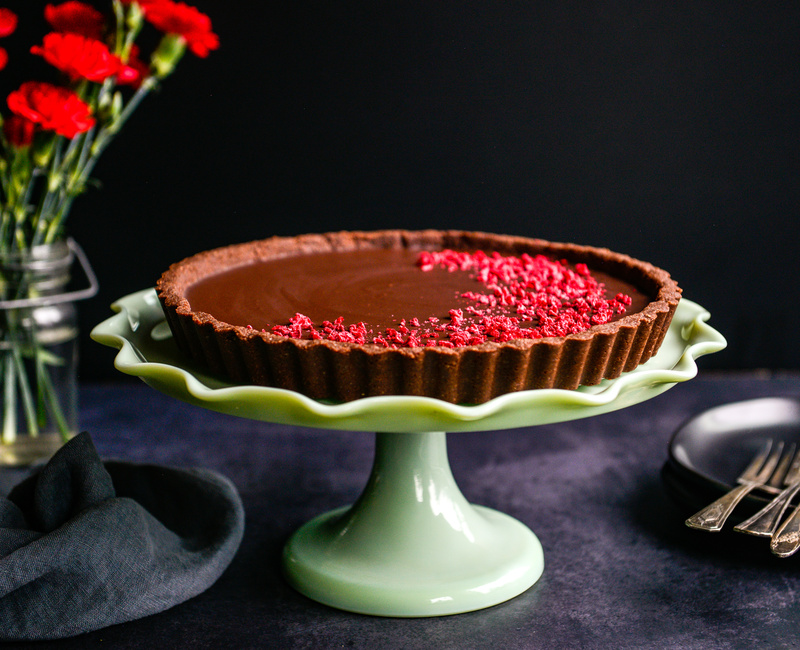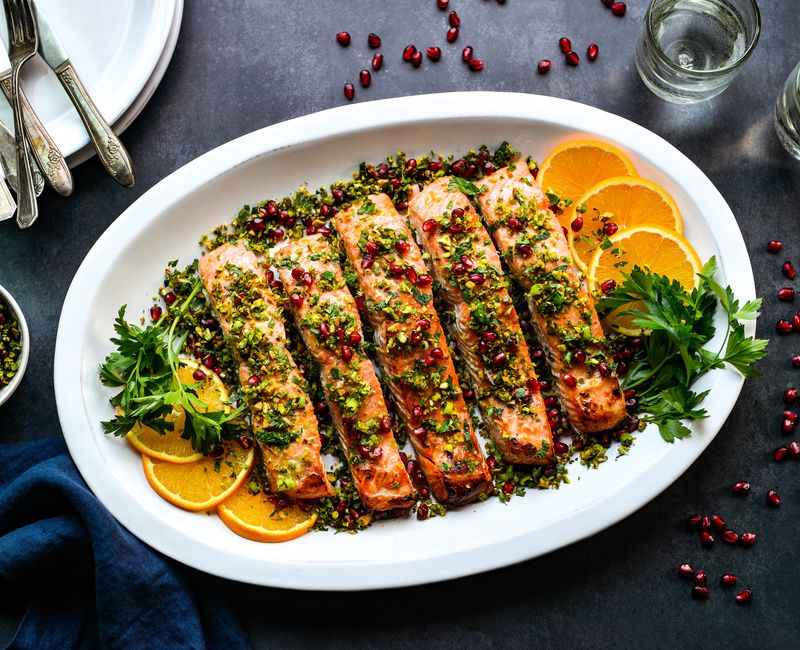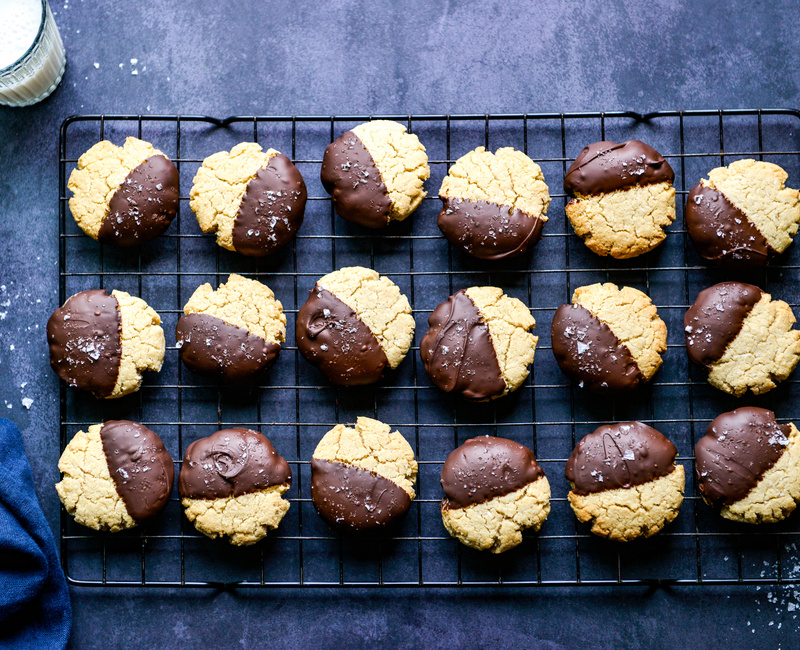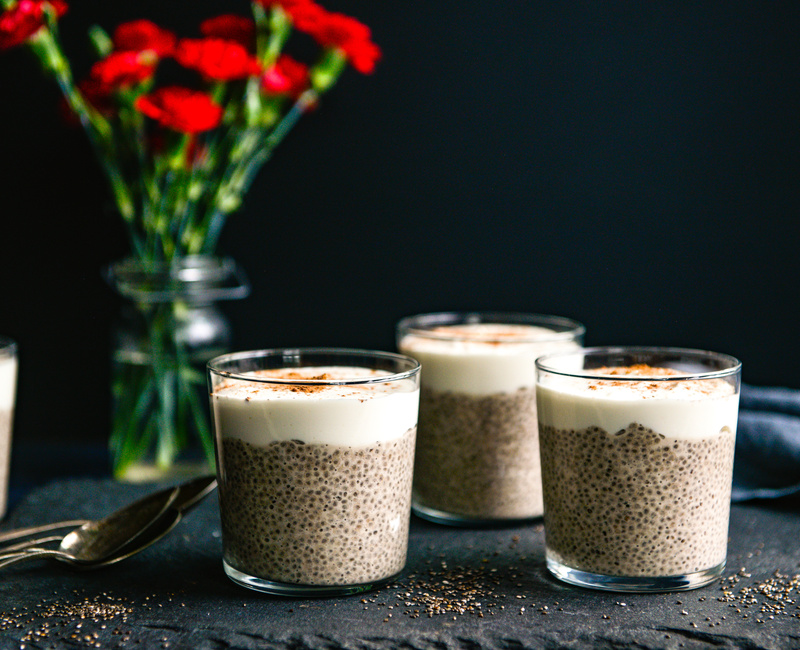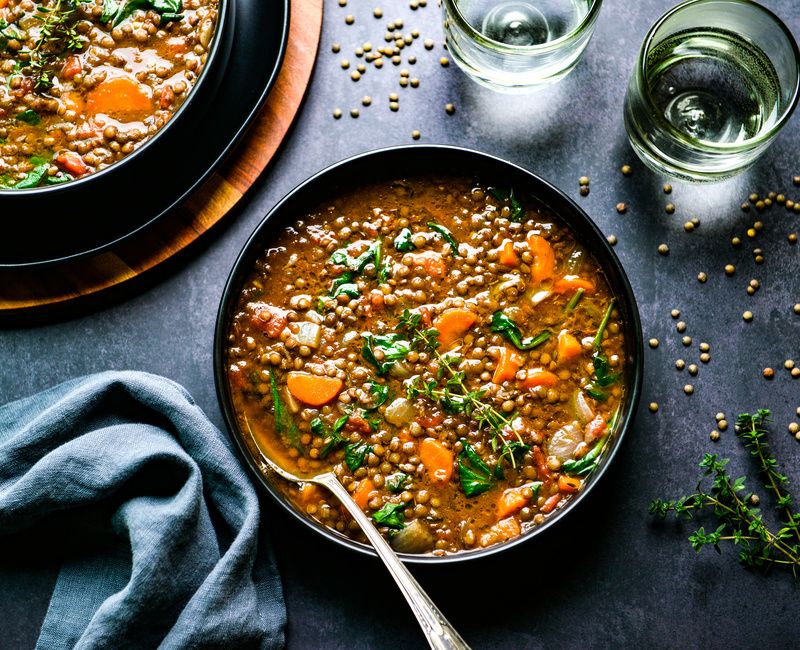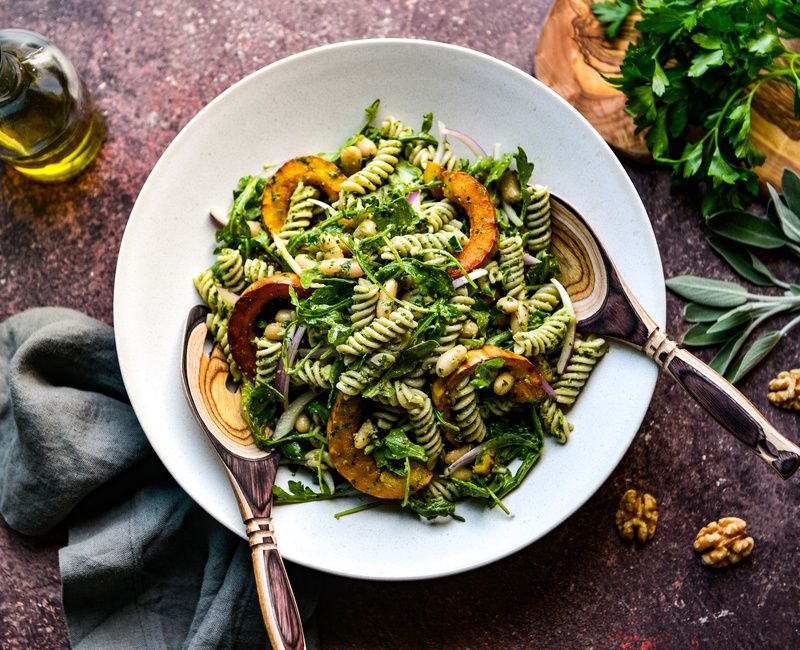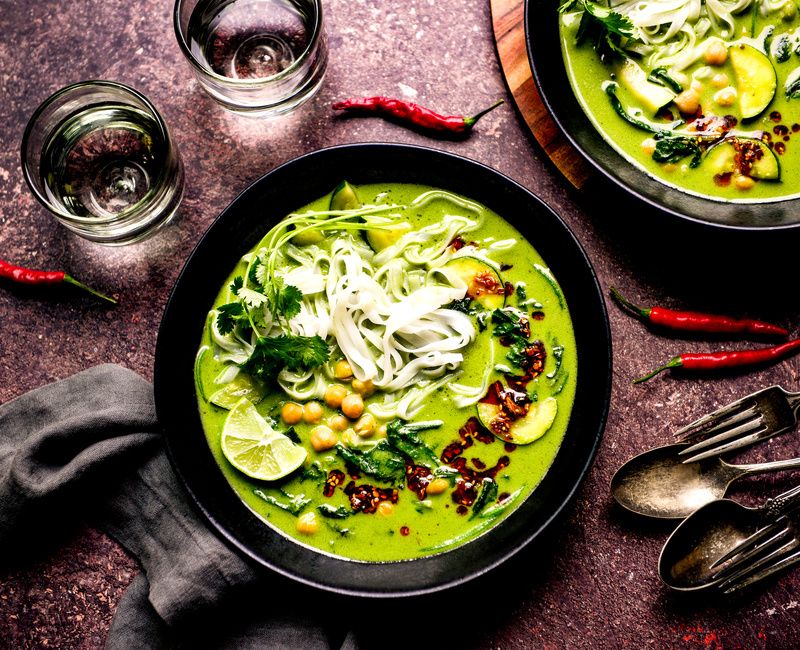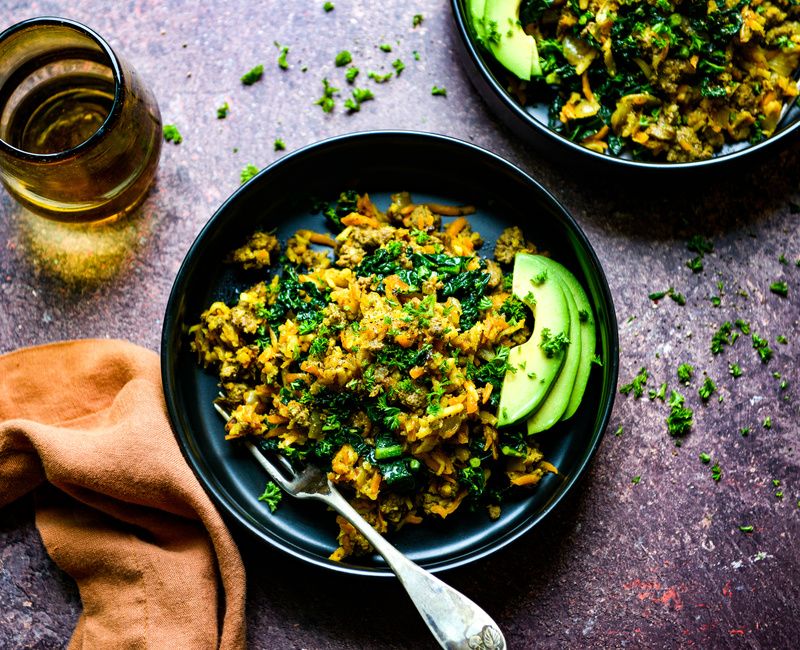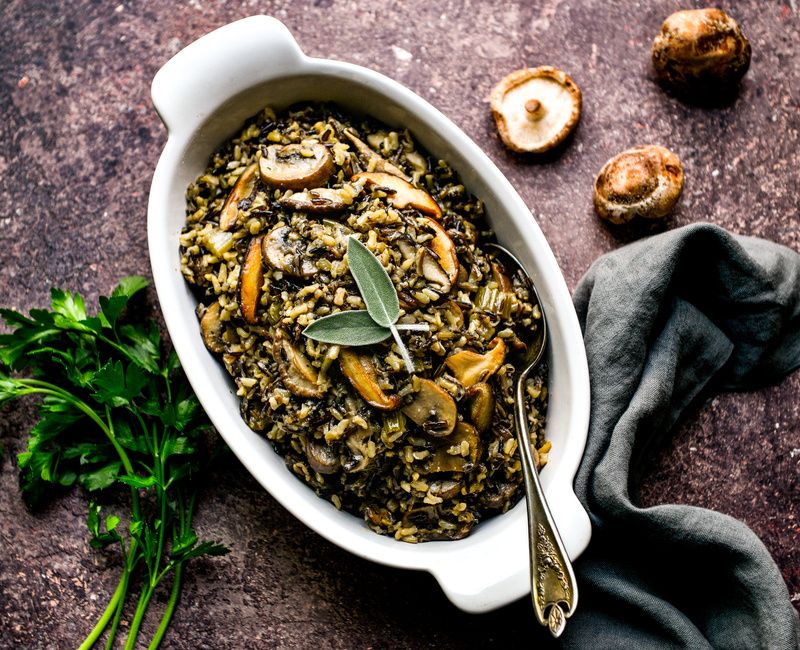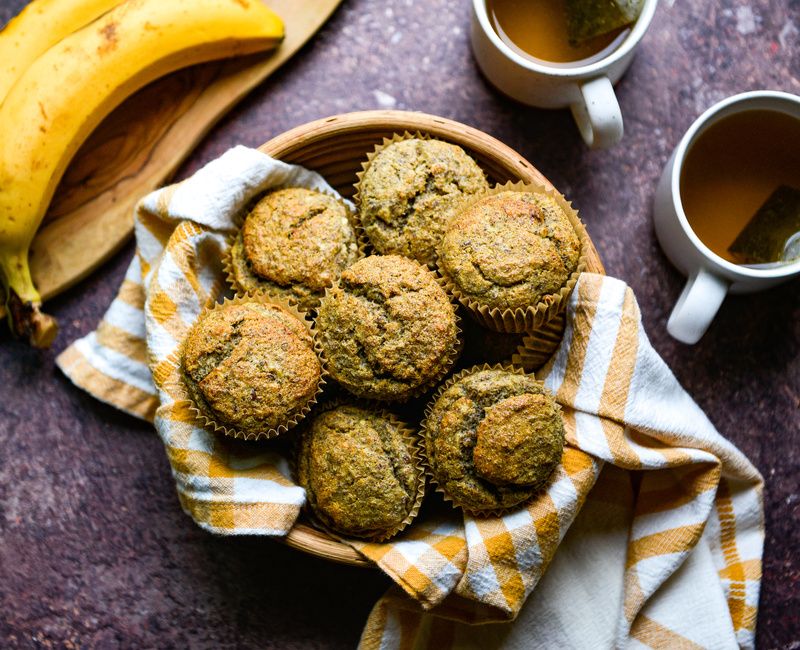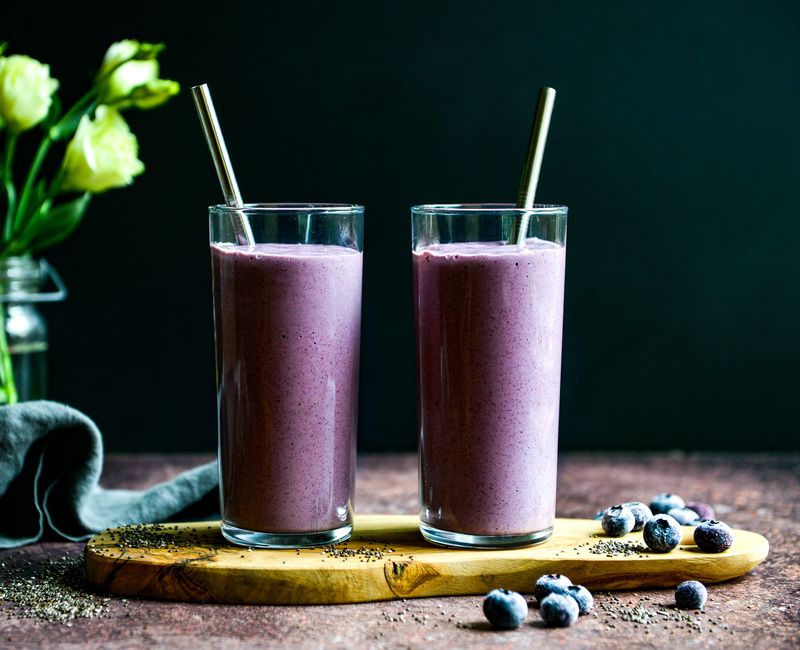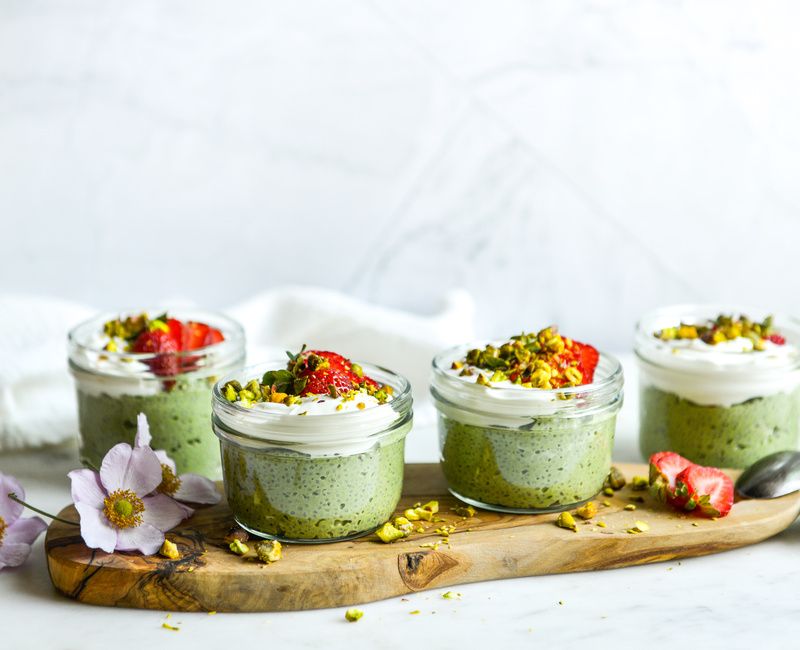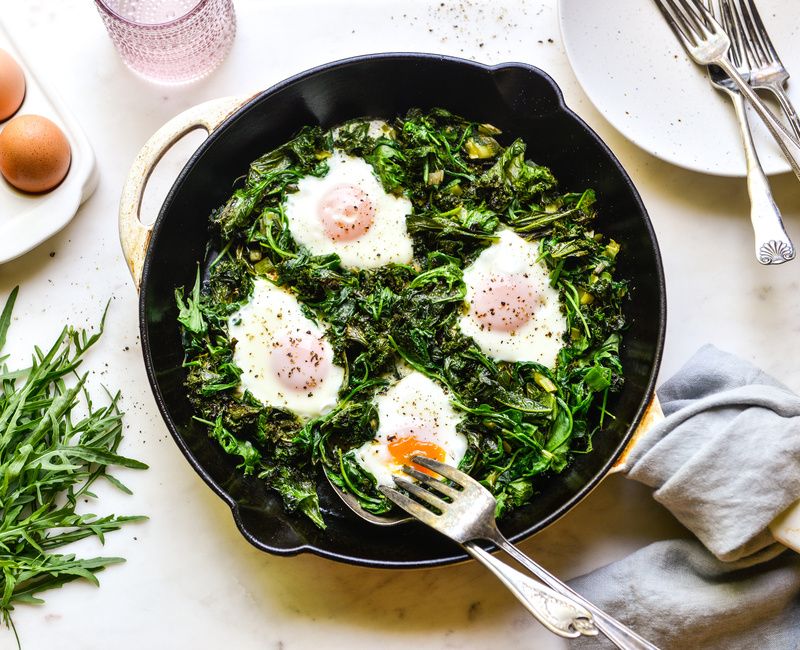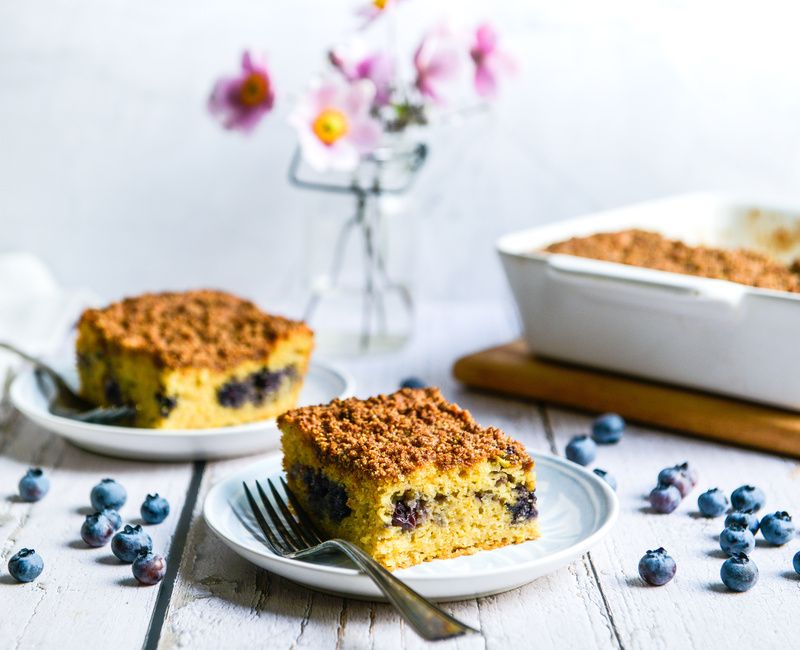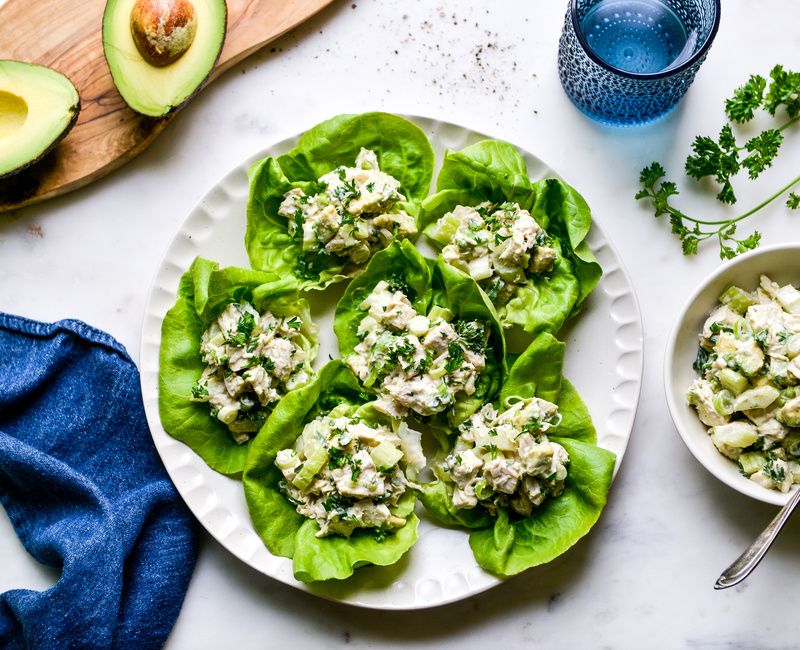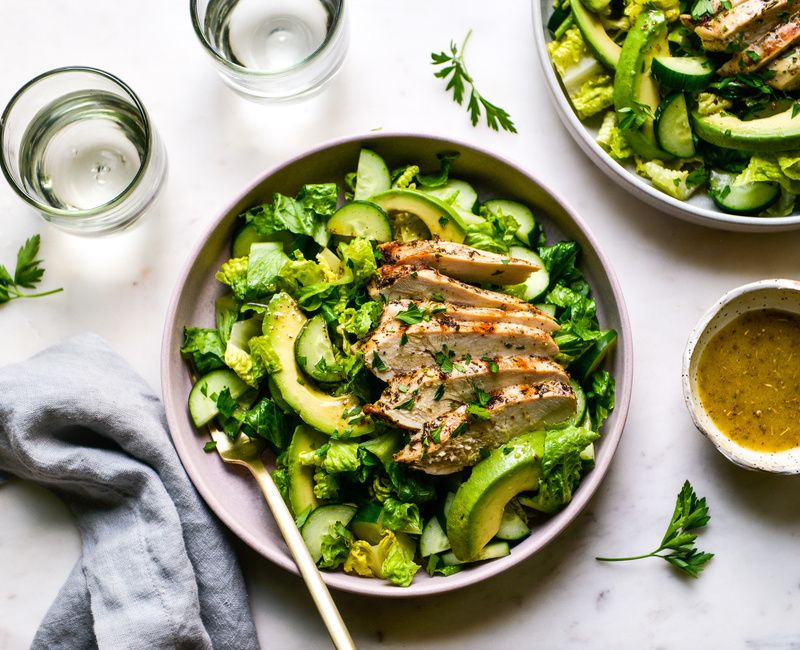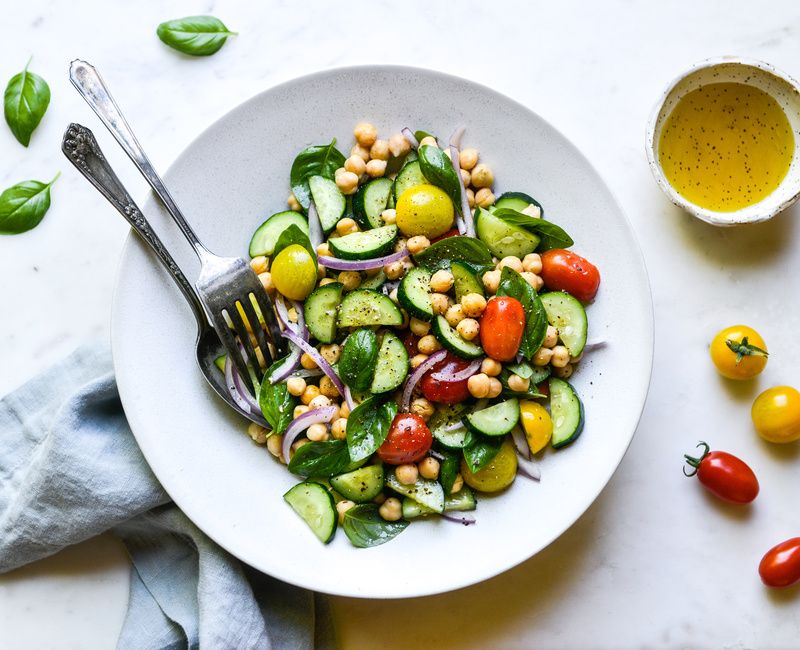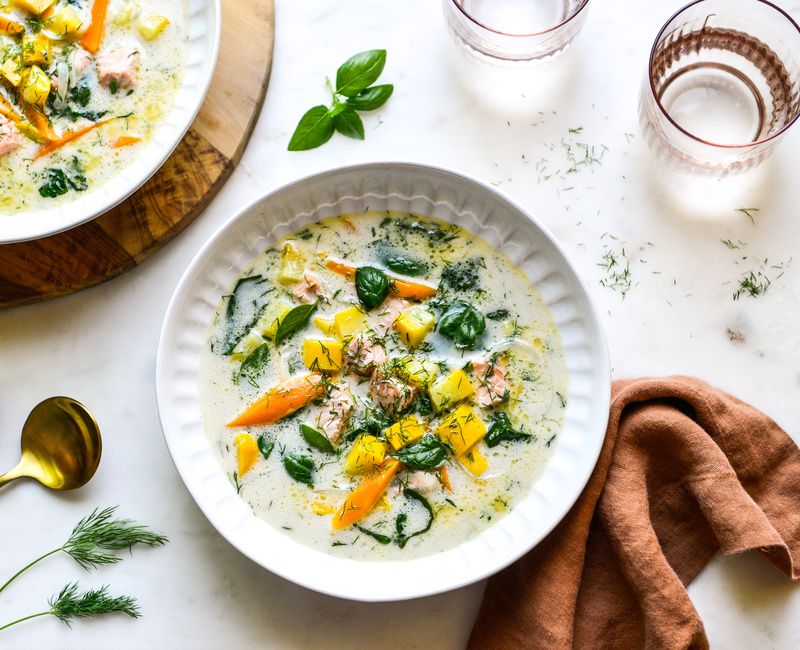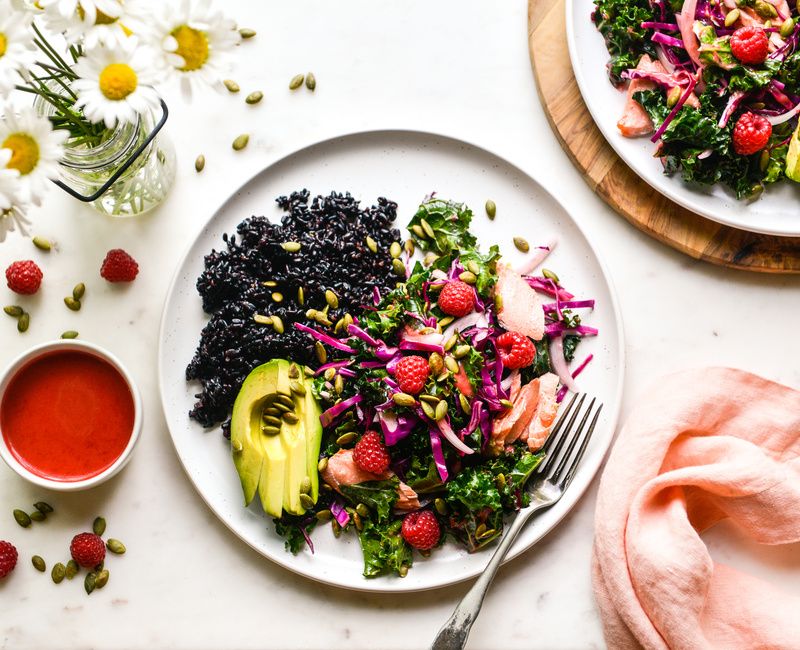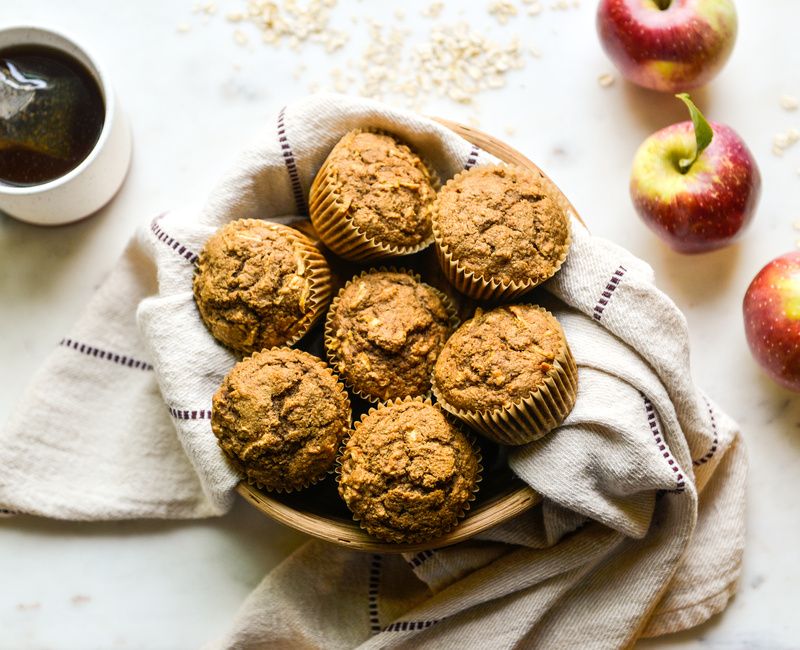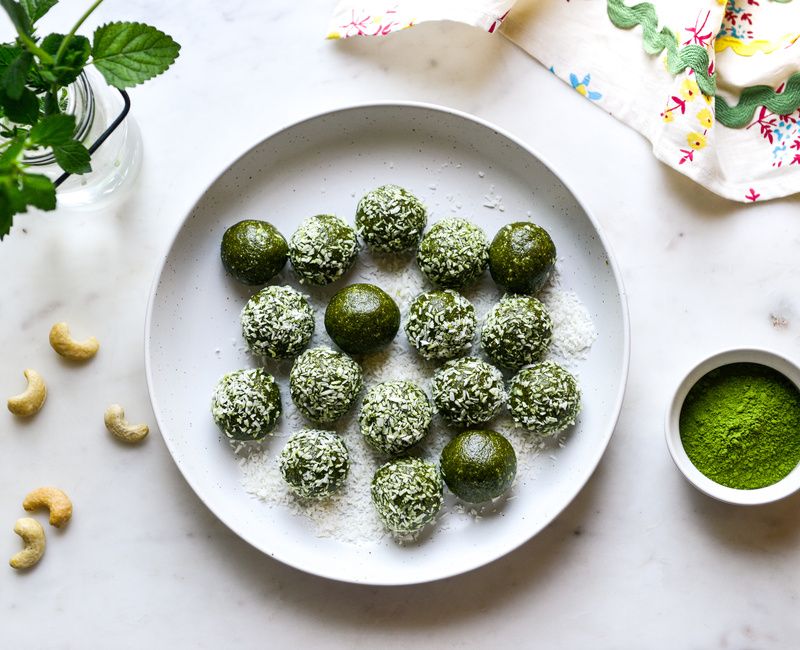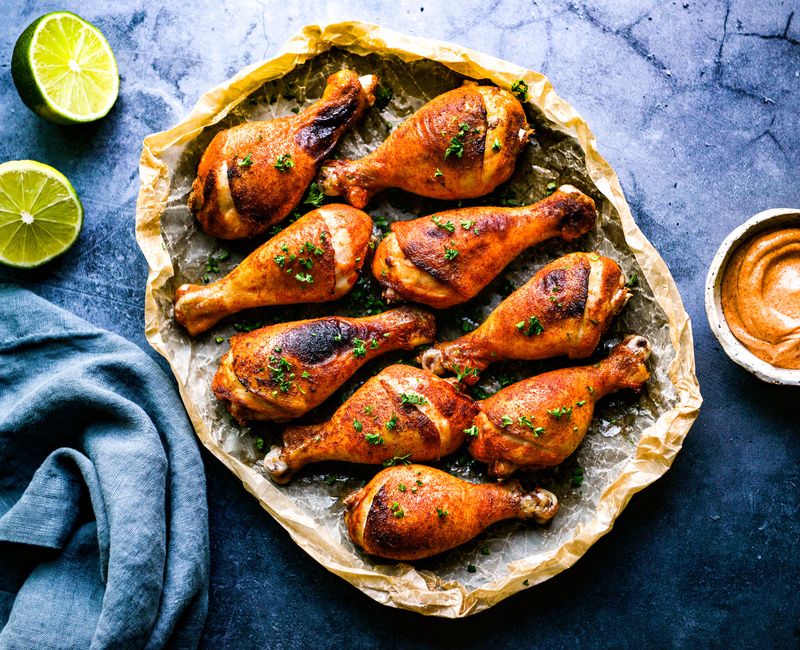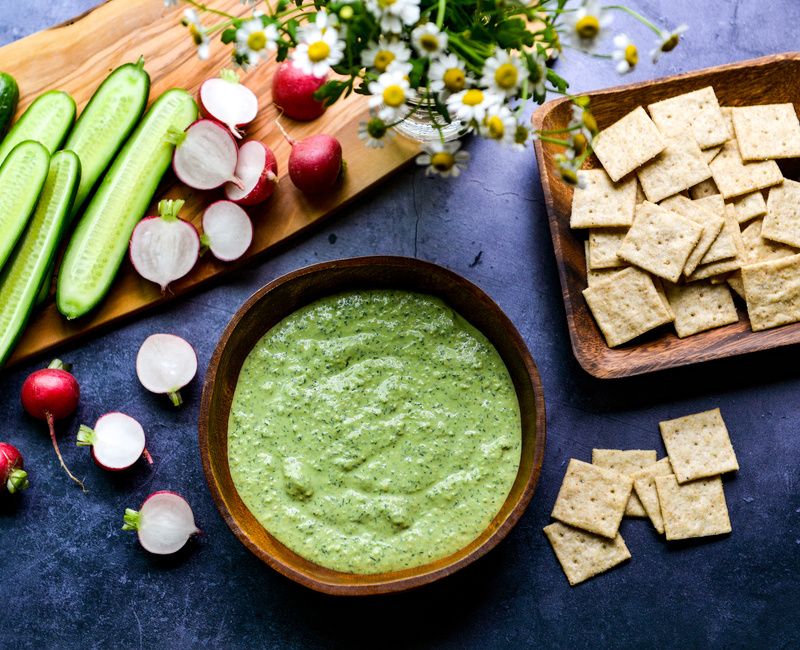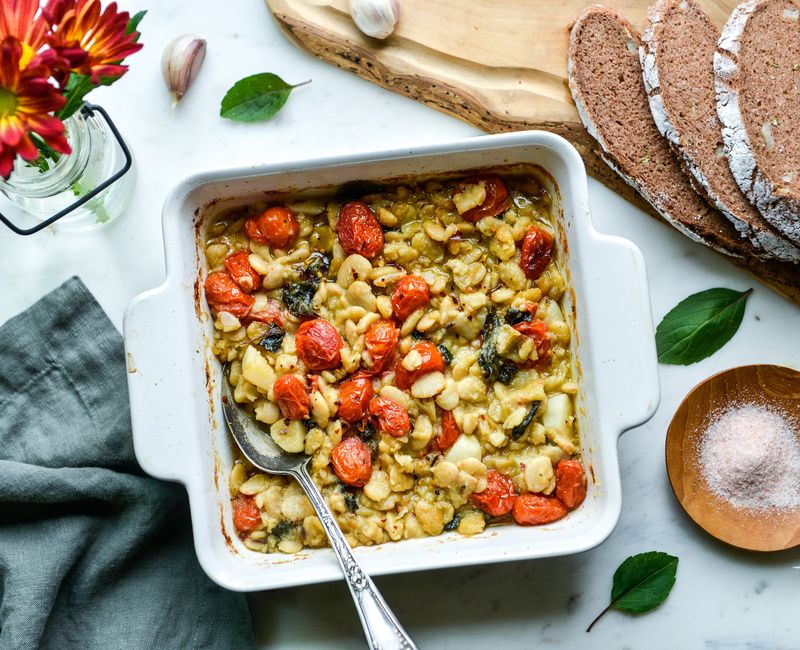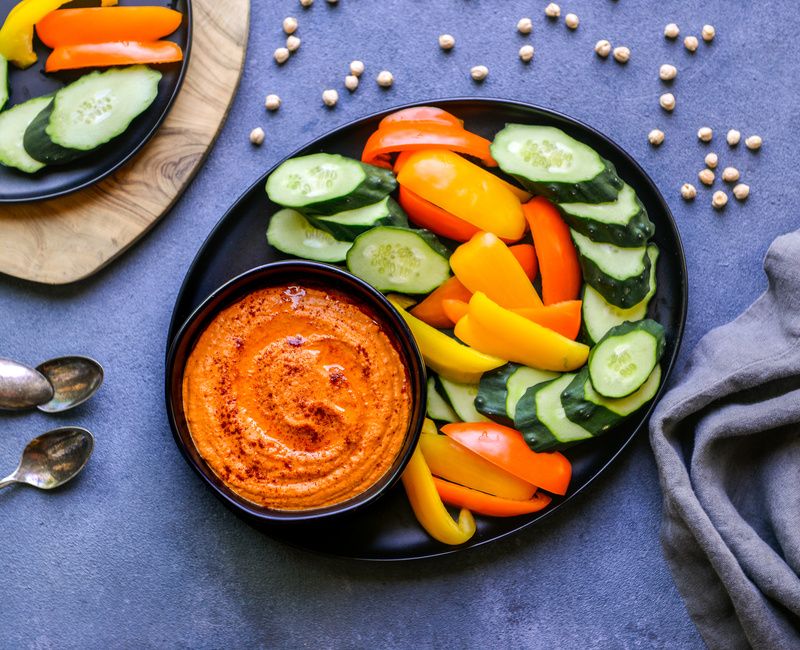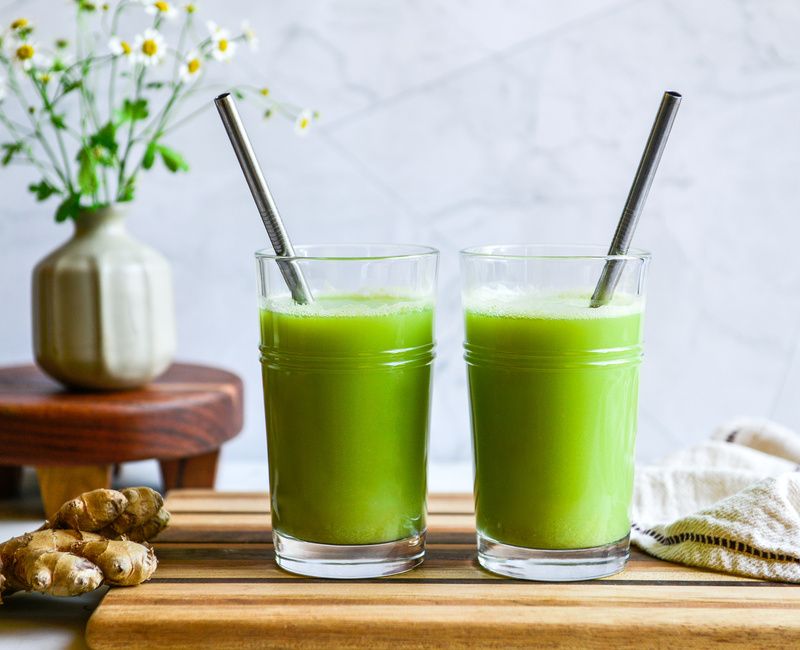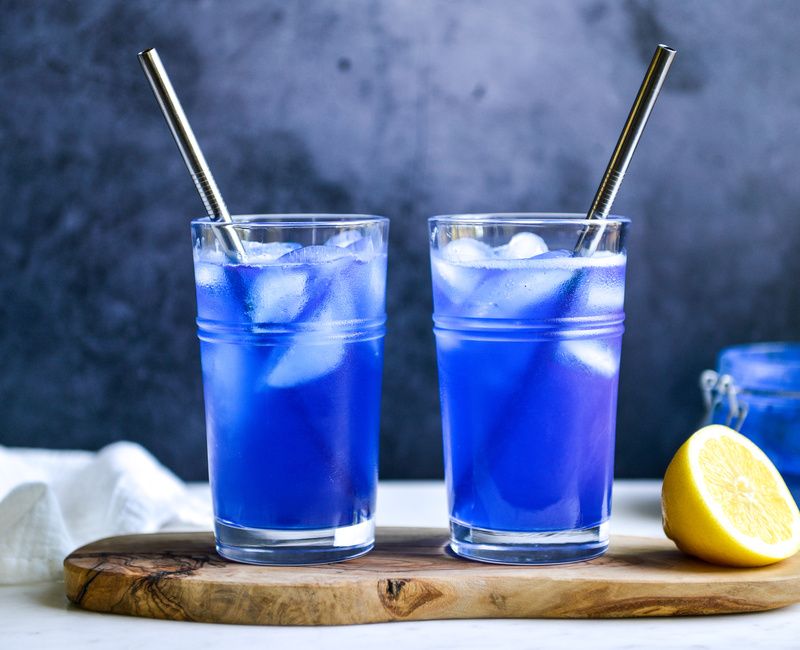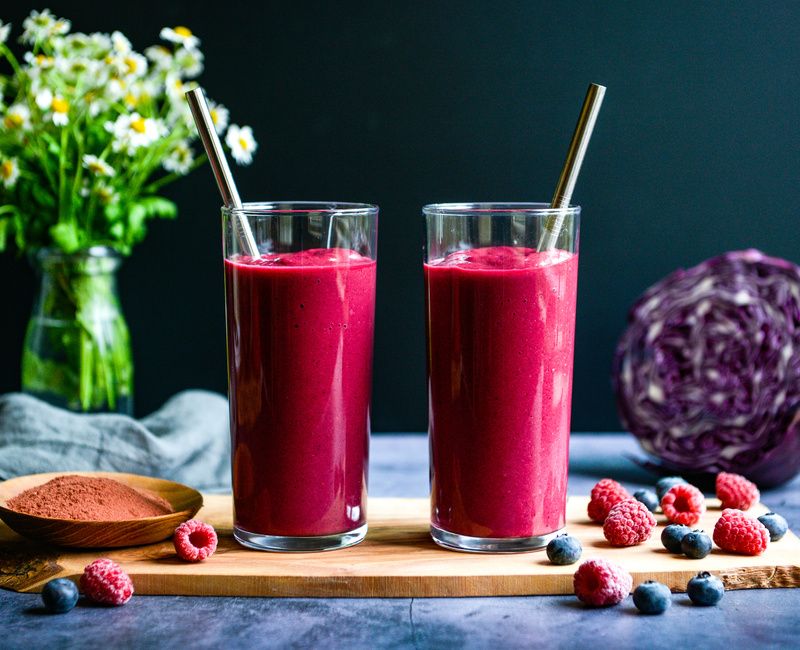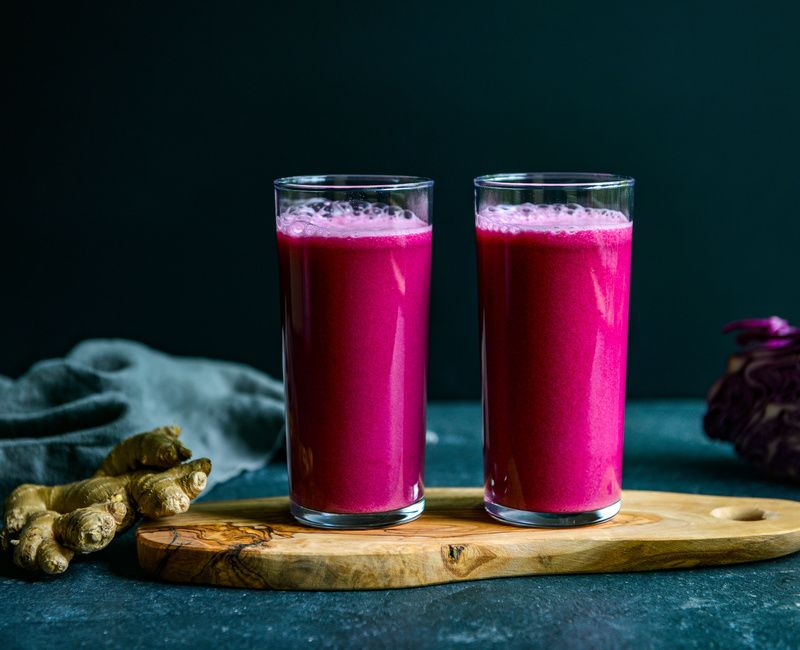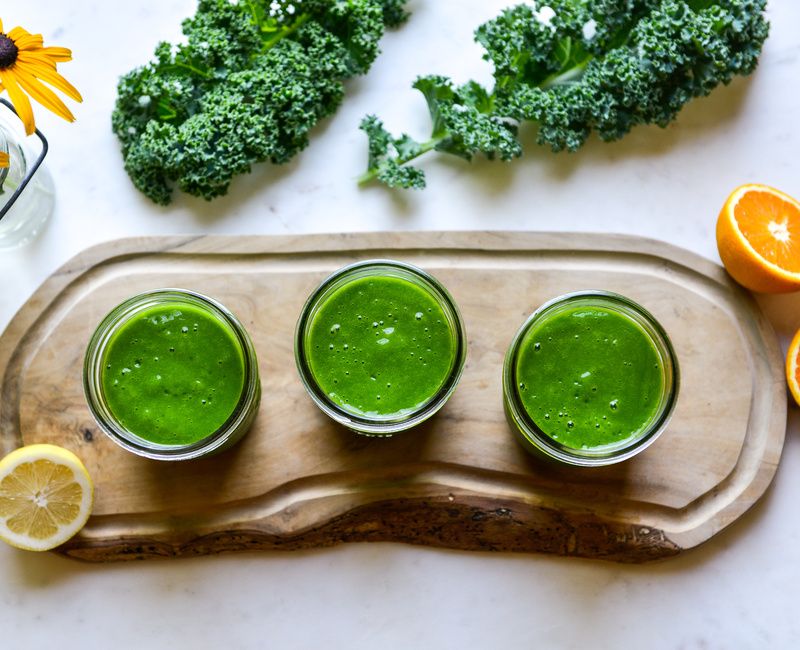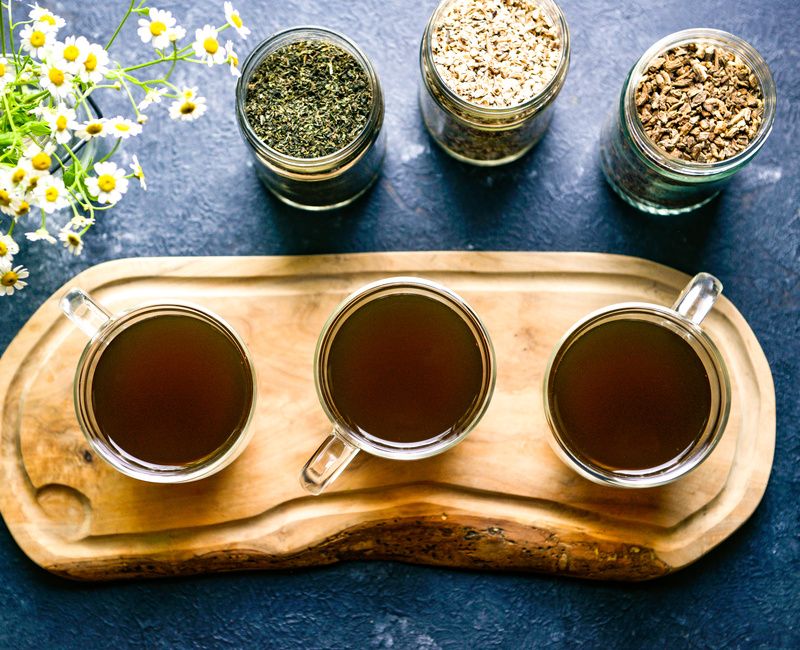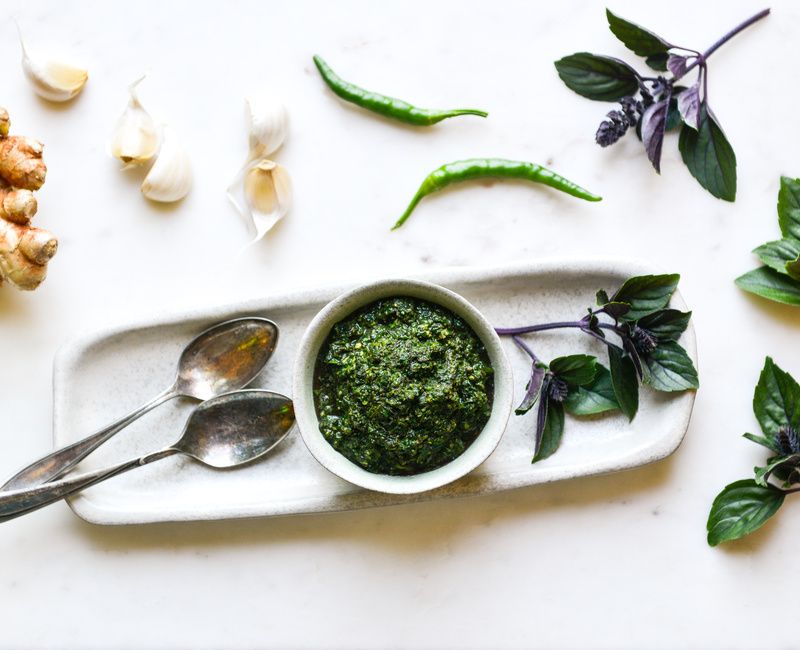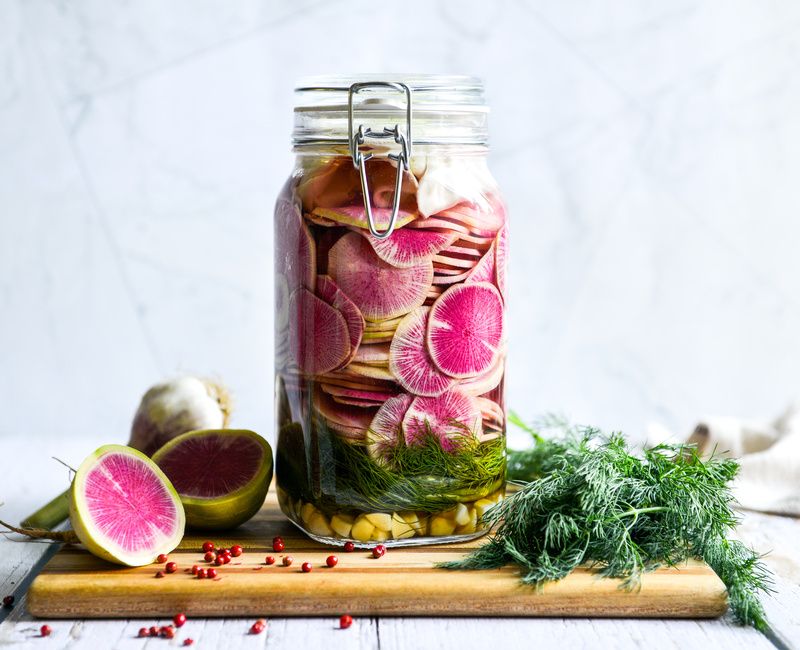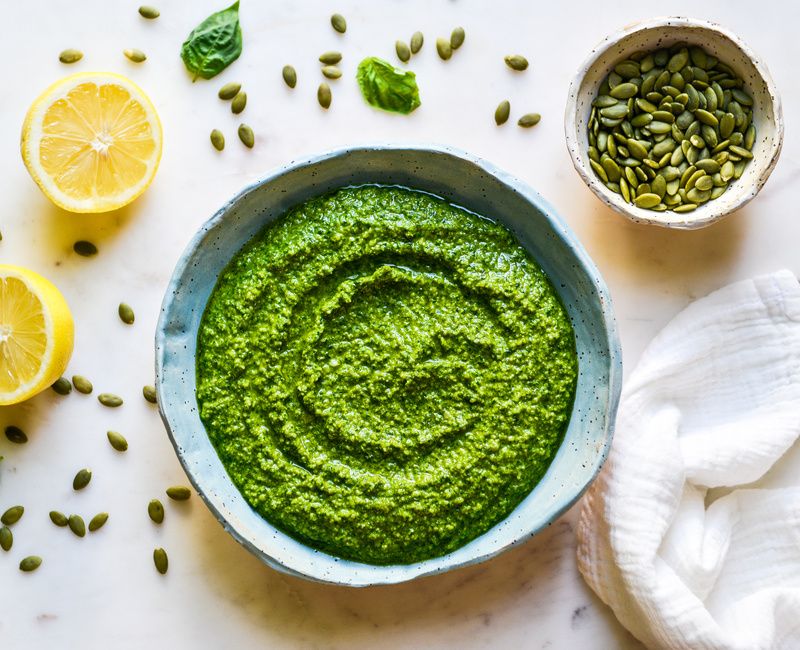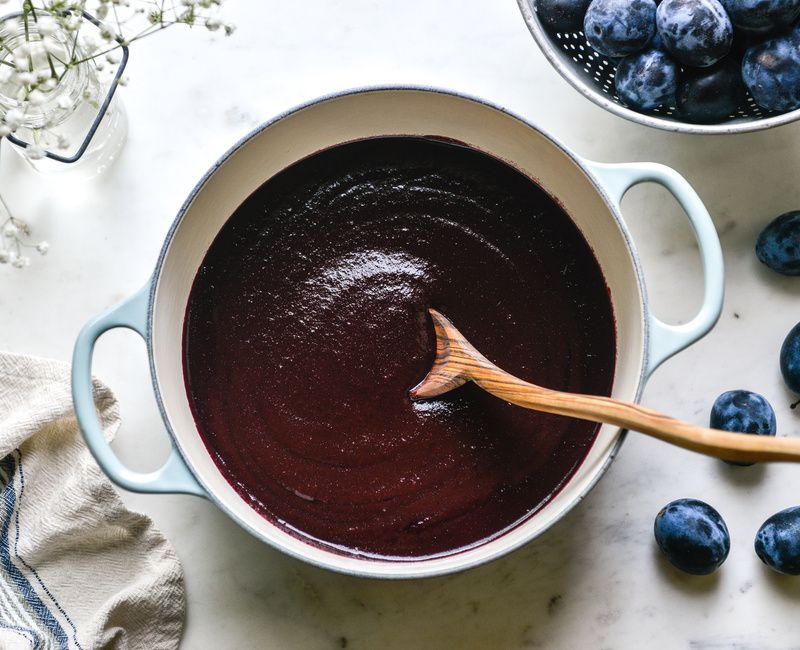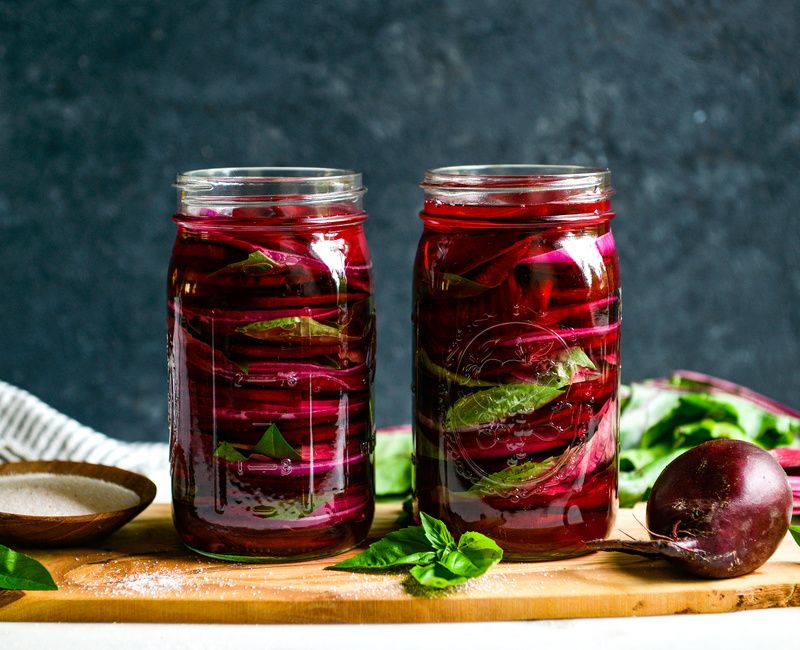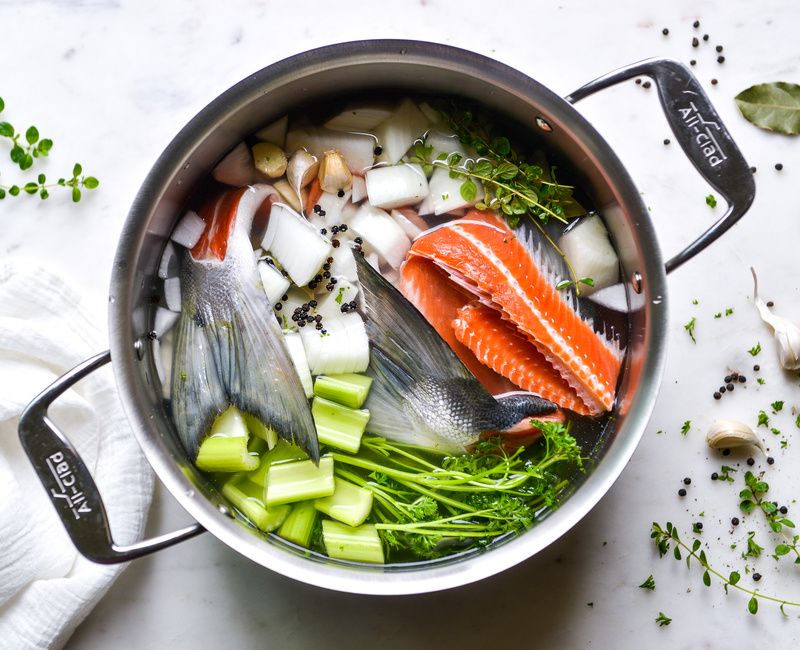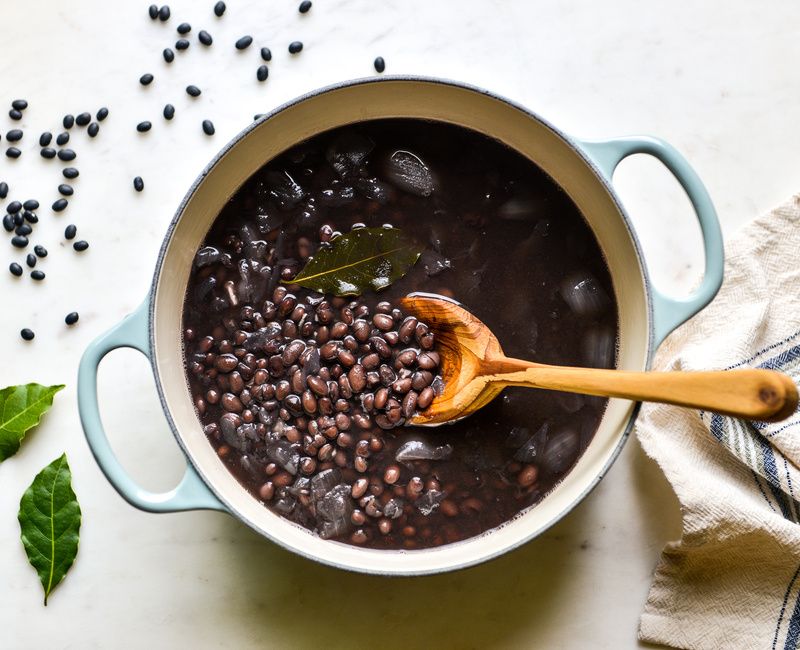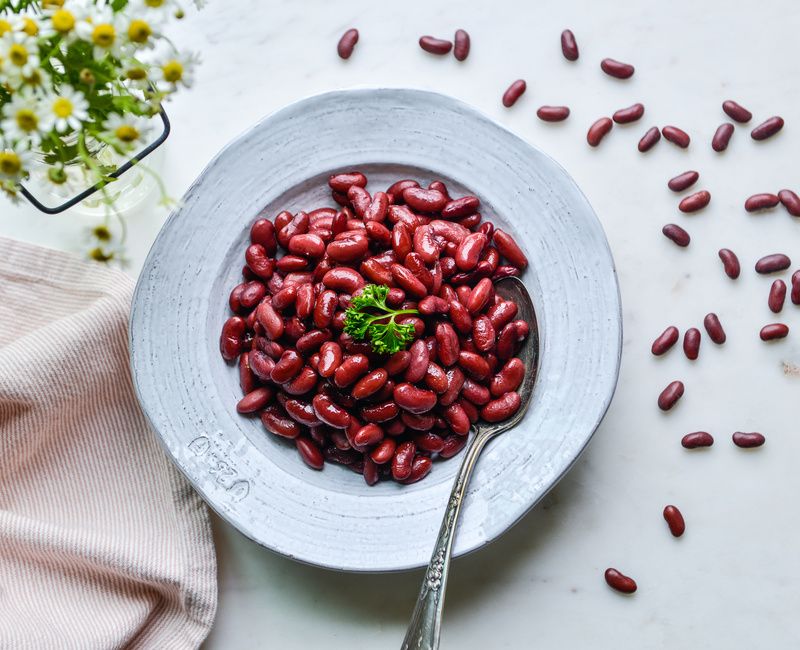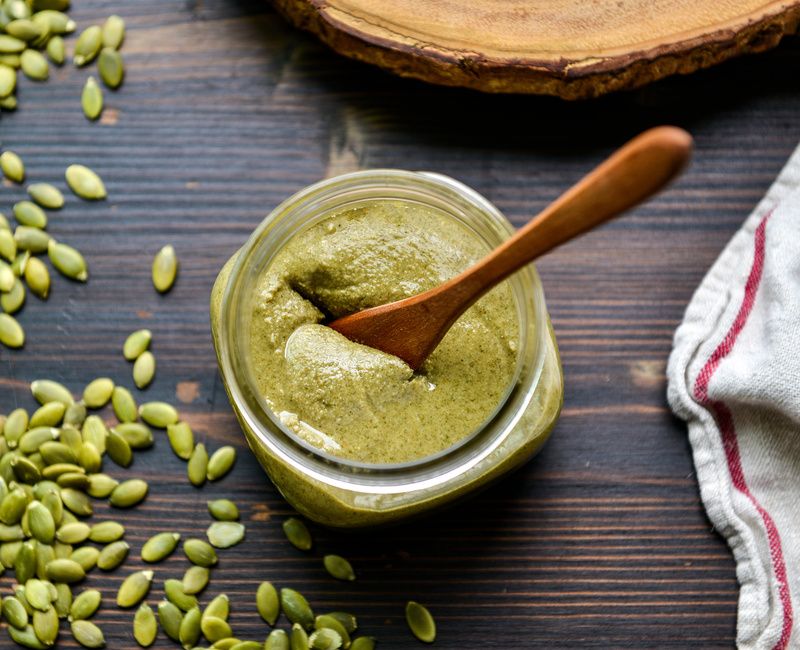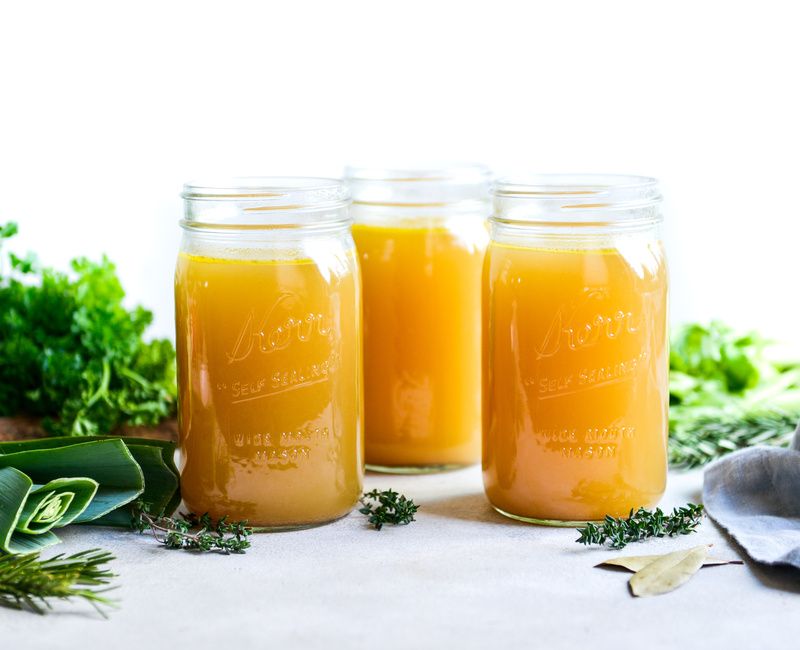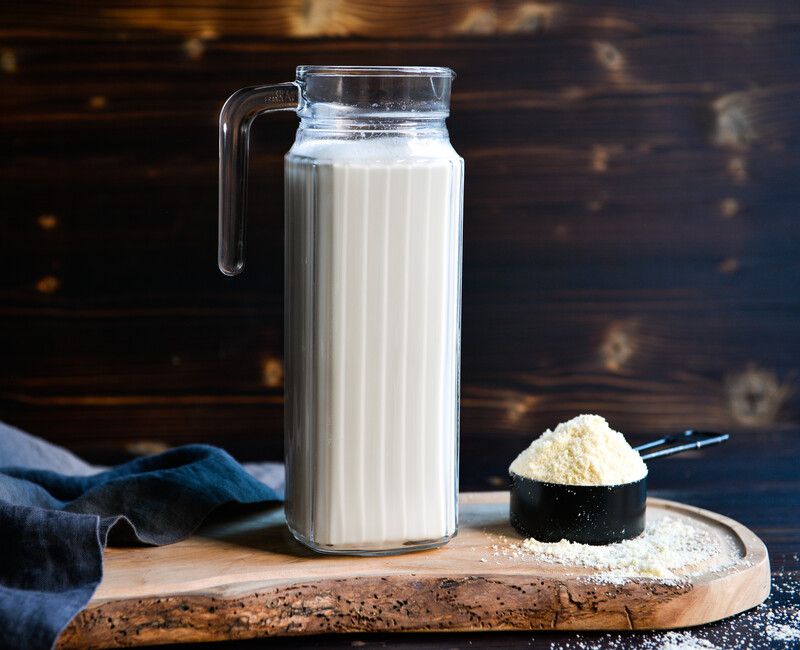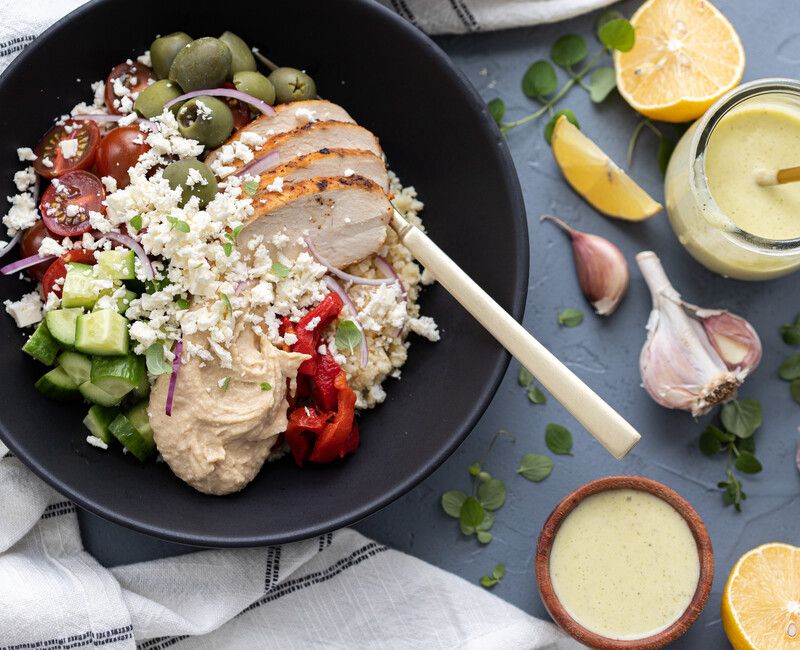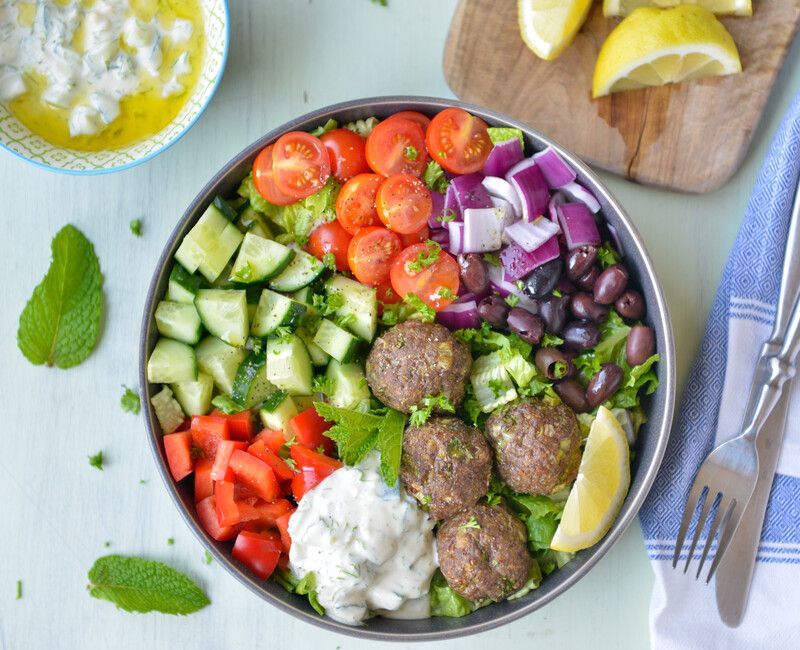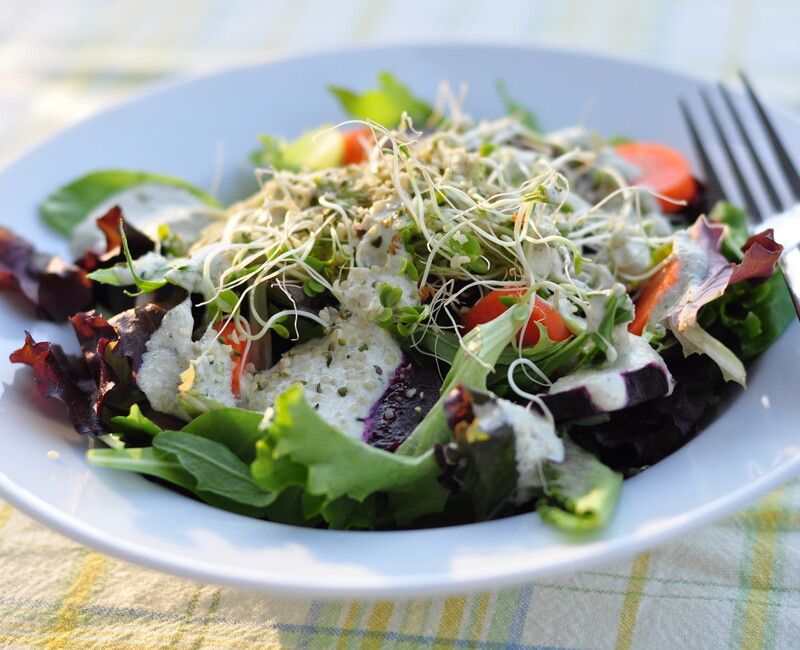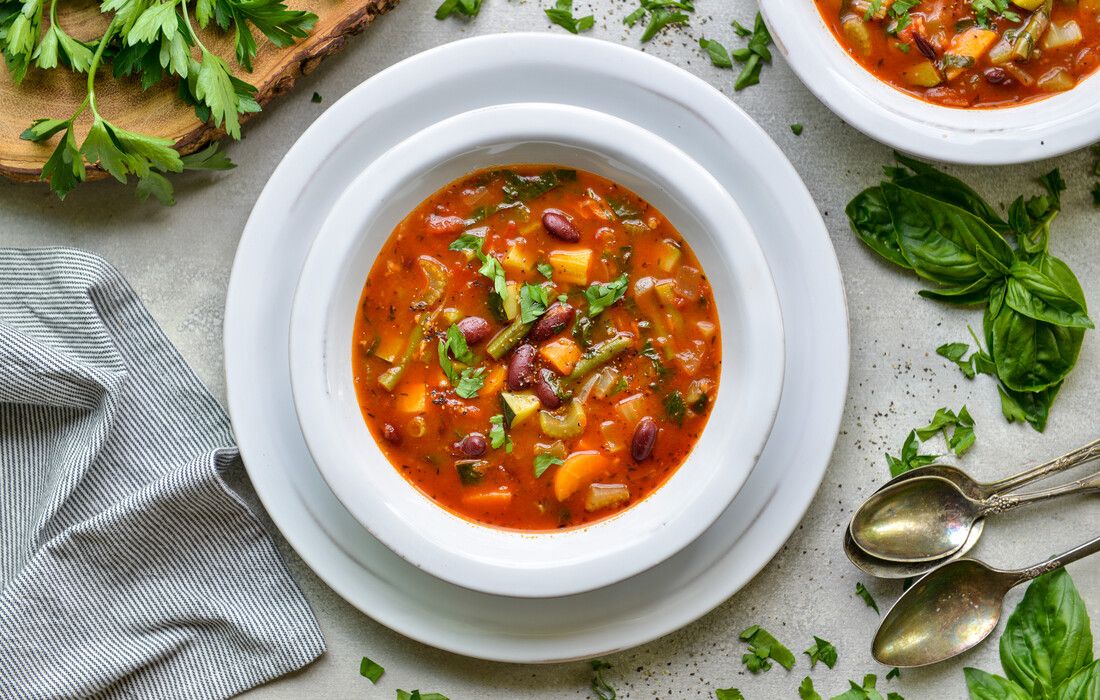DASH Diet
High blood pressure—often called the “silent killer”—affects nearly half of all adults in the United States, yet many people don’t even realize their numbers are elevated. Left unaddressed, hypertension can increase the risk of heart disease, stroke, kidney disease, and cognitive decline. But here’s the good news: the food you eat every day has the power to heal. The DASH Diet, which stands for Dietary Approaches to Stop Hypertension, is a science-backed way of eating designed to lower blood pressure, reduce inflammation, and support long-term heart health—without medication. Rich in potassium, calcium, magnesium, fiber, and plant phytonutrients, the DASH Diet focuses on whole, nourishing foods that help the body return to balance.
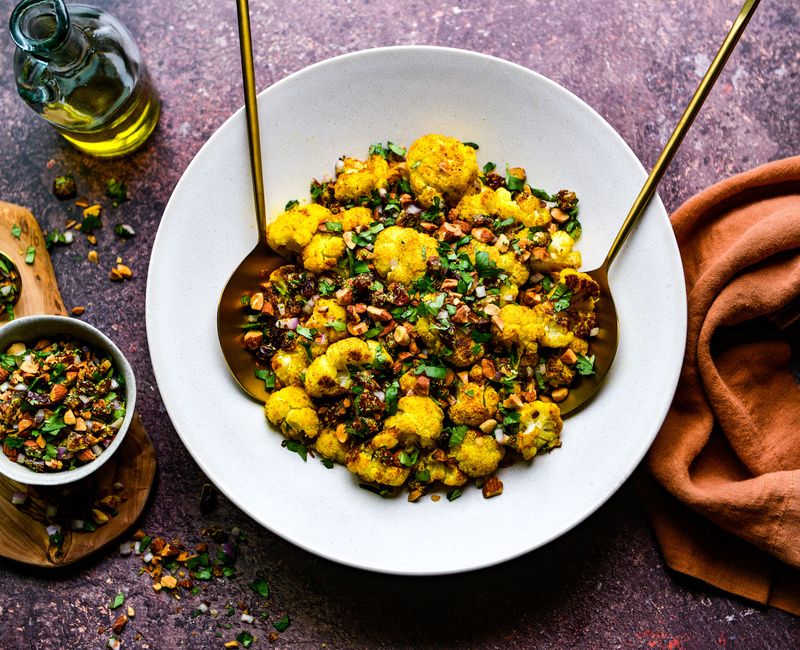
Latest Mannitol-Free Recipes
DASH Diet Safe with Modifications
What is the DASH Diet?
The DASH Diet was developed as a first-line approach to reduce hypertension and improve cardiovascular markers. Clinical research shows it can significantly lower blood pressure and LDL cholesterol, improve insulin sensitivity, and support balanced blood sugar and triglyceride levels. The diet emphasizes nutrient-rich foods that help regulate vascular function and reduce oxidative stress, including fresh fruits and vegetables, whole grains, low-fat dairy, fish, legumes, nuts, and seeds.
It limits saturated fats, processed foods, sugar, and sodium. While similar in spirit to the Mediterranean Diet, the DASH Diet follows more specific guidelines for fat, sodium, and dairy intake.
Who is the DASH Diet For?
If you're navigating high blood pressure—or hoping to prevent it—the DASH Diet offers a gentle yet powerful path toward healing. It’s a practical and sustainable way to care for your heart, nourish your body, and protect your long-term health. This food plan is especially helpful if you're ready to take proactive steps and use food as medicine.
The DASH Diet is especially beneficial for individuals with:
-
Elevated blood pressure or diagnosed hypertension
-
High LDL cholesterol or triglycerides
-
Cardiovascular disease or risk factors
-
Type 2 diabetes or metabolic syndrome
-
Kidney disease or early signs of renal dysfunction
-
A family history of heart disease or stroke
It’s also a helpful preventative strategy for those seeking to support healthy blood pressure through dietary and lifestyle choices. Always talk with your healthcare provider before making significant dietary changes, especially if you’re managing medications or other chronic health conditions.
How Does the DASH Diet Work?
The DASH Diet works by increasing your intake of minerals that naturally lower blood pressure—especially potassium, calcium, and magnesium—while reducing sodium and processed foods that can drive inflammation. It is high in fiber, low in saturated fat, and based on whole, unprocessed foods that support healthy blood vessel function, stable blood sugar, and reduced oxidative stress.
A note on sodium: Reducing salt intake is essential on the DASH Diet. Aim for no more than 2,400mg of sodium per day (approximately 1 teaspoon of salt). Try using one-quarter teaspoon at breakfast and lunch, and one-half teaspoon at dinner—or less if you're sensitive. Use flavorful salt alternatives like homemade herbed sea salt or store-bought options like Herbamare to enhance meals with less sodium. Read labels carefully and choose low-sodium versions of canned or packaged items whenever possible.
Foods to Eat on the DASH Diet:
-
Fresh fruits and vegetables (high in potassium and antioxidants)
-
Whole grains (such as brown rice, quinoa, oats, millet, wild rice)
-
Low-fat dairy products (such as yogurt, kefir, and cottage cheese)
-
Legumes (like black beans, lentils, chickpeas)
-
Lean proteins (chicken, turkey, fish, seafood)
-
Nuts and seeds (small portions for heart-healthy fats)
-
Healthy oils (like olive oil, avocado oil, and walnut oil)
-
Herbs, spices, and salt-free seasonings
Foods to Avoid on the DASH Diet:
-
Processed and packaged foods (due to high sodium content)
-
Cured and processed meats (bacon, ham, sausages)
-
Full-fat dairy products
-
Refined grains (white bread, pastries)
-
Deep fried foods and fast food
-
Sugary beverages and sweets
-
High-sodium condiments and sauces
-
Excessive added salt in cooking
Benefits of the DASH Diet:
-
Reduces high blood pressure (systolic and diastolic)
-
Lowers LDL cholesterol and triglycerides
-
Improves blood sugar and insulin sensitivity
-
Supports kidney and cardiovascular health
-
Helps prevent or manage metabolic syndrome and type 2 diabetes
-
Increases intake of essential minerals and phytonutrients
-
Encourages sustainable, whole foods-based eating habits
Challenges and Drawbacks:
-
May require a shift away from processed or restaurant foods
-
Sodium reduction can feel limiting at first—especially for those used to salt-heavy meals
-
Requires meal planning and label reading for best results
-
Some individuals may need to adjust dairy intake based on lactose intolerance or sensitivity
How Do I Start the DASH Diet?
-
Become a Nourishing Meals® Member. Sign up and choose the DASH Diet in your user profile. You can also customize your preferences for additional dietary needs such as dairy-free or gluten-free.
-
Remove processed, high-sodium foods. Clean out your pantry, fridge, and freezer of packaged foods, canned soups, and processed meats. Replace them with fresh, whole ingredients.
-
Plan meals and snacks. Use the meal planner to create a weekly menu filled with nourishing DASH-friendly recipes. For example: Breakfast: Cottage Cheese with Pears and Almonds, or a Strawberry-Kale-Mint Smoothie; Lunch: Rice and Garbanzo Bean Salad with Kale, or a Southwestern Black Bean and Brown Rice Salad; Dinner: Basic Baked Chicken Breasts with Baked Sweet Potatoes and Steamed Green Bean; Snacks: Celery sticks with nut butter, carrots and hummus, or a small handful of almonds with an apple
-
Join the community. Connect with others in the Nourishing Meals® Facebook Group to share recipes, ask questions, and receive support as you create new habits.
You have more power than you think. Changing your diet can change your numbers—and your future. Healing begins with food, and it begins with you.
| Plan | Length | Actions |
|---|---|---|
Nourishing Mother's Day Brunch |
1 day | Please login to view and schedule plans |
DASH Diet Holiday Recipes |
0 days | Please login to view and schedule plans |
5-Day Mediterranean Diet Meal Plan |
5 days | Please login to view and schedule plans |
Heart-Healthy Dinners |
12 days | Please login to view and schedule plans |
DASH Diet Vegetarian Main Dishes |
0 days | Please login to view and schedule plans |
DASH Diet 3-Day Meal Plan |
3 days | Please login to view and schedule plans |
